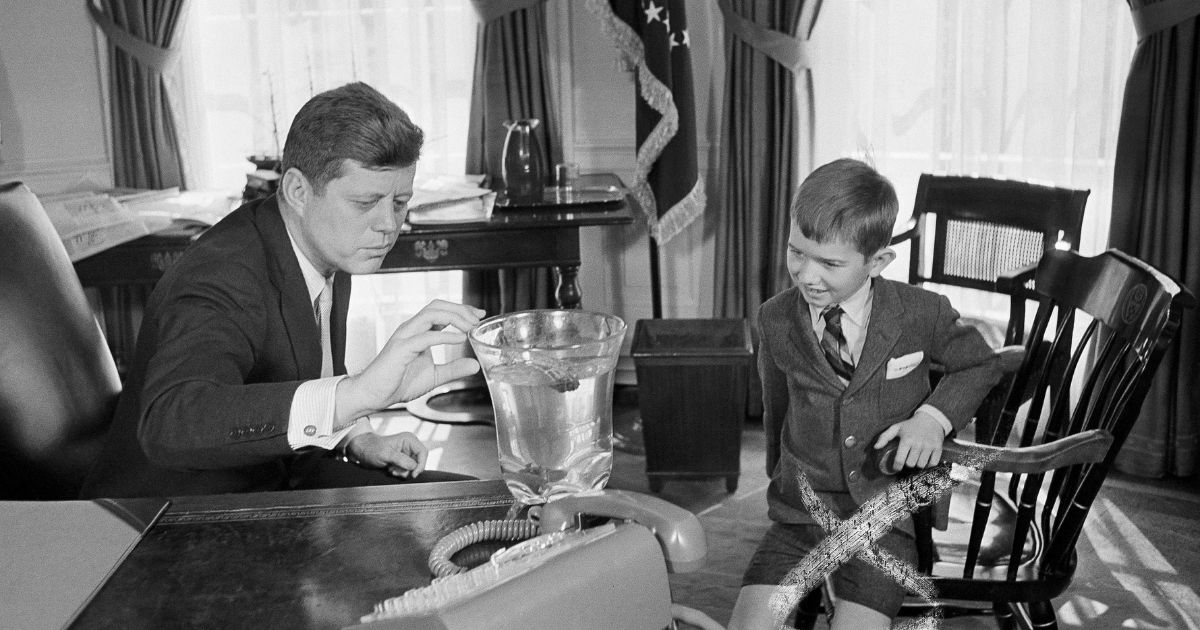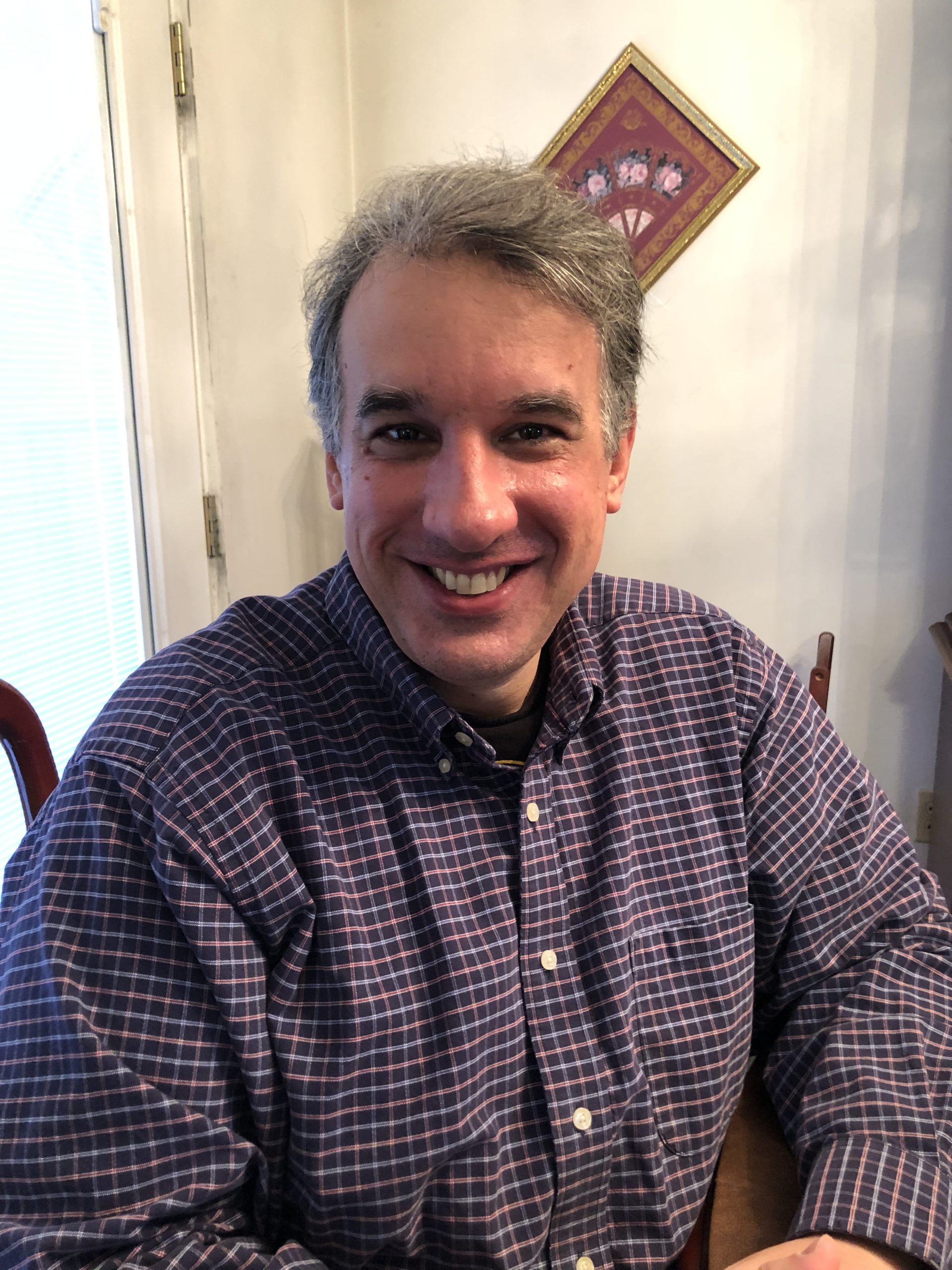
Democratic presidential candidate Robert F. Kennedy Jr. — called “Bobby” by friends and family — has a personal connection to an unusual moment in the Kennedys’ “Camelot” era.
On March 11, 1961, at the age of 7, Kennedy carried a bowl of water with a dead salamander into the Oval Office to meet with his uncle, President John F. Kennedy.
The boy did not notice that the amphibian seemed unusually lethargic.
RFK Jr. told The New York Times in 2006 that his uncle expressed pessimism about the creature’s prospects. “He does not look well,” the president said.
Young Bobby behaved as if he would not believe it.
“I was in denial,” he told the Times.
A video on a YouTube channel devoted to JFK shows the president smiling while trying to prevent Bobby from poking at the salamander. It also shows Bobby leaving the White House with his mother, Ethel Kennedy, followed by a series of still photos.
[embedded content]
According to the John F. Kennedy Presidential Library and Museum, Bobby’s expired salamander was named “Shadrach.”

No doubt Bobby and Shadrach provided a much-needed moment of lightness for Kennedy.
Six weeks earlier, the president had received briefings on plans to invade Cuba using CIA-trained Cuban exiles. Six weeks later, in mid-April 1961, the president gave final authorization for that doomed invasion.
Shadrach the salamander had no role in the Bay of Pigs fiasco, but he has an honored place in two other historical narratives.
First, Bobby and Shadrach in the Oval Office amounted to one more charming moment in Camelot.
Americans’ memories of the Kennedy White House often include images of the president’s two young children, Caroline and John, Jr., playing nearby while their father watches or works.
First lady Jacqueline Kennedy cultivated the idyllic Camelot myth and preserved it even after her husband’s assassination.
“There’ll be great presidents again, but there’ll never be another Camelot again,” she told Life Magazine two weeks after JFK was shot and killed in Dallas on Nov. 22, 1963.
Six decades later, the truth or falsehood of that myth seems less important than the feelings it conjures in those who imagine a more innocent and hopeful world.
Bobby and Shadrach in the Oval Office remind us of the myth and all its attendant feelings.
The second historical narrative has yet to reach its conclusion.
RFK Jr., now 69, wants to follow in his uncle’s footsteps by becoming president, announcing in April that he is seeking the Democratic nomination in 2024.
Whether or not that happens remains to be seen, but one thing seems certain.
Do you have fond memories of Camelot?
Yes: 75% (91 Votes)
No: 25% (31 Votes)
An older relative of mine once said that we spend our adult lives trying to recover from our childhood.
It might be equally said that our childhood character persists in the way we move through the adult world.
Bobby Kennedy has earned an adult reputation as a man of strong environmental consciousness. He takes a deep interest in the natural world and everything that lives in it.
Shadrach the salamander has a place in that story, as well.







